- News
- Reviews
- Bikes
- Accessories
- Accessories - misc
- Computer mounts
- Bags
- Bar ends
- Bike bags & cases
- Bottle cages
- Bottles
- Cameras
- Car racks
- Child seats
- Computers
- Glasses
- GPS units
- Helmets
- Lights - front
- Lights - rear
- Lights - sets
- Locks
- Mirrors
- Mudguards
- Racks
- Pumps & CO2 inflators
- Puncture kits
- Reflectives
- Smart watches
- Stands and racks
- Trailers
- Clothing
- Components
- Bar tape & grips
- Bottom brackets
- Brake & gear cables
- Brake & STI levers
- Brake pads & spares
- Brakes
- Cassettes & freewheels
- Chains
- Chainsets & chainrings
- Derailleurs - front
- Derailleurs - rear
- Forks
- Gear levers & shifters
- Groupsets
- Handlebars & extensions
- Headsets
- Hubs
- Inner tubes
- Pedals
- Quick releases & skewers
- Saddles
- Seatposts
- Stems
- Wheels
- Tyres
- Health, fitness and nutrition
- Tools and workshop
- Miscellaneous
- Tubeless valves
- Buyers Guides
- Features
- Forum
- Recommends
- Podcast
review
£16.99
VERDICT:
Science for cyclists in an easy-to-digest formula that will arm you with facts for those perennial pub debates
Weight:
760g
Contact:
At road.cc every product is thoroughly tested for as long as it takes to get a proper insight into how well it works. Our reviewers are experienced cyclists that we trust to be objective. While we strive to ensure that opinions expressed are backed up by facts, reviews are by their nature an informed opinion, not a definitive verdict. We don't intentionally try to break anything (except locks) but we do try to look for weak points in any design. The overall score is not just an average of the other scores: it reflects both a product's function and value – with value determined by how a product compares with items of similar spec, quality, and price.
What the road.cc scores meanGood scores are more common than bad, because fortunately good products are more common than bad.
- Exceptional
- Excellent
- Very Good
- Good
- Quite good
- Average
- Not so good
- Poor
- Bad
- Appalling
How much smaller would the internet be without all the discussions on cycling forums about gear ratios, tyre widths, aerodynamics and which frame materials are more laterally stiff and vertically compliant? Cycling Science should at least arm the combatants with some facts; and, with its easy-to-navigate layout and striking graphics, you can take your lessons with a degree of pleasure.
Such is human nature; we like to introduce the mystic into our understanding of the world. True, no science manual is likely to explain the thrill of watching Cav come storming through the pack to grab a hair's breadth win, but some views on the fundamentals of bike design and rider input have become so entrenched as to be almost religious dogma. Shedding weight from your wheels is more important than any other place on the bike, right?
However, the bicycle is a machine and as such subject to the forces of nature and the power of our engineering knowhow. Its engine (you or me) is an organic machine with some sophisticated control systems and we know a fair bit about how that works too. In this book, those two elements of cycling, the bike and the rider, are dismantled, examined and put back together again to show, as the subtitle says, 'How rider and machine work together'.
The format is essentially a collection of double-page spreads, each answering a question about how and why bicycles and their riders do what they do. Typically, it's half words, half pictures so this isn't a heavy read.
A substantial portion of the book is given over to materials science: why metals differ from each other in their properties; how carbon fibre is made and how it can be tuned to display different qualities; the importance of tube diameters and thicknesses. While the book is not a training manual, it might help you make better choices by setting out the science behind areas such as shoe stiffness, tyre pressure, the forces at work when cornering, the pros and cons of friction and much more.
You might look in new ways at the old and familiar: the humble bike chain is shown, by science, to be a marvel of engineering; up to 98.6% efficient at transmitting your power to the rear wheel. The harder you pedal, by the way, the more efficient it is found to be.
If this book sometimes reads like a manifesto for cycling, well – that's down to science too. Bikes are just best and that's a fact: three times more efficient than walking at using human energy for transport, one twentieth as costly in terms of carbon emissions to operate than a pick-up truck. People who cycle are as efficient at using oxygen as people 10 years younger who don't cycle. People who cycle can expect to live two years longer than people who don't. Each claim in the book is backed up by research referenced in the notes at the back, so if you want to go deeper into the subjects covered in any chapter, you can.
> More reading matter for cyclists…
Journalist Max Glaskin has brought together his expertise in science and technology and his interest in cycling to write this book, which is clearly a labour of love and no hack project. Equal credit should go to the design team and the illustrators, Robert Brandt and Nick Rowland, whose graphs, charts and inventive graphics help make this book both accessible and a pleasure to read.
Verdict
Science for cyclists in an easy-to-digest formula that will arm you with facts for those perennial pub debates
road.cc test report
Make and model: Cycling Science: How Rider and Machine Work Together by Max Glaskin
Size tested: Paperback/soft 192 pages
Tell us what the product is for, and who it's aimed at. What do the manufacturers say about it? How does that compare to your own feelings about it?
From the promotional blurb:
"Cycling can represent sporting drama, environmental awareness, practical mobility, an escape to nature, an aid to fitness, a political commitment, even a desire for ostentatious display. There is perhaps no other sport that encompasses so many different areas of human experience, which is possibly why there are an estimated 13 million cyclists in the UK alone, and over 3 million bikes sold each year. At its heart, the simple process of getting about on two wheels contains a wealth of fascinating science.
Cycling Science investigates the scientific wonders that keep the cyclist in the saddle. Each chapter investigates a different area of physics or technology and is organised around a series of questions. What is the frame design? How have bicycle wheels evolved? What muscle groups does cycling exploit? How much power does a professional cyclist generate? Each question is investigated using explanatory info-graphics and illustrations. You can dip into the book for answers to specific questions or read it right through for an overview of how machine and rider work together. The perfect way to analyse your own kit and technique by studying the techniques of the professionals, Cycling Science is the ultimate accessory for any cyclist wishing to understand their craft."
Tell us some more about the technical aspects of the product?
Paperback
192 pages
Illustrated with photographs and graphics in four colours
Rate the product for quality of construction:
8/10
Rate the product for performance:
9/10
The subtitle is, "How rider and machine work together" and the author has kept his focus on that theme throughout.
Rate the product for value:
8/10
The quality of the print, paper and binding is high.
Tell us how the product performed overall when used for its designed purpose
Interesting and informative, a striking design and a useful glossary and index make this more than a coffee table book.
Tell us what you particularly liked about the product
Plenty of interesting reading; striking graphics. Practical applications for the science discussed.
Tell us what you particularly disliked about the product
Nothing.
Did you enjoy using the product? Yes
Would you consider buying the product? As a present.
Would you recommend the product to a friend? I might buy it for them!
Use this box to explain your score
Reading about cycling is no substitute for riding (unless it's something I've written), but this book adds dimensions to the ride that one may not have considered. It's not just 'very good', it's more than that – it's informative while being entertaining, and is also very well put together. Excellent.
About the tester
Age: 51
I usually ride: Cannondale CAAD10 My best bike is:
I've been riding for: Over 20 years I ride: A few times a week I would class myself as: Experienced
I regularly do the following types of riding: touring, sportives, general fitness riding, mountain biking




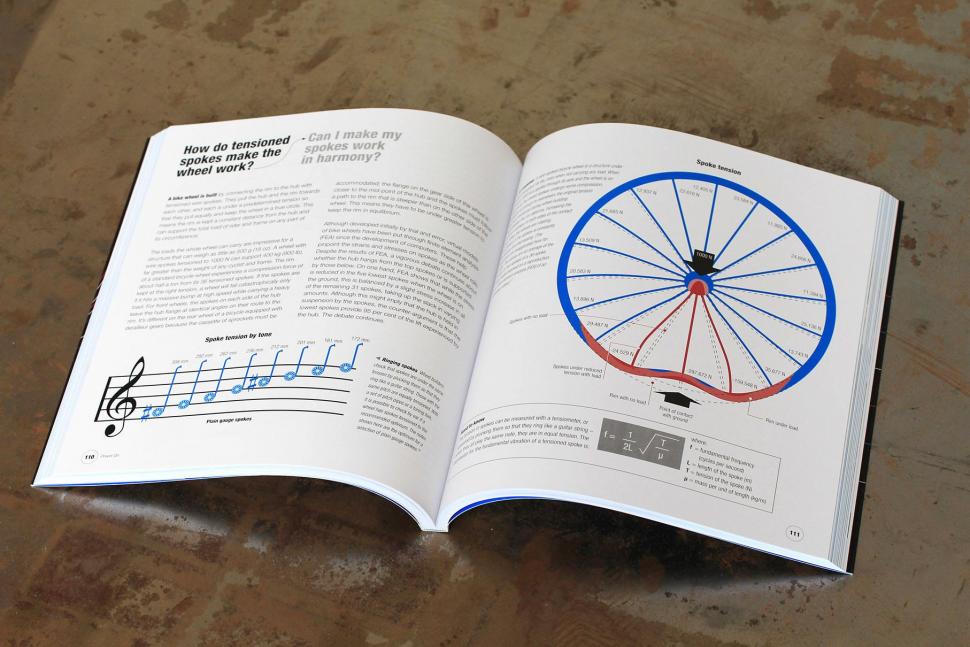
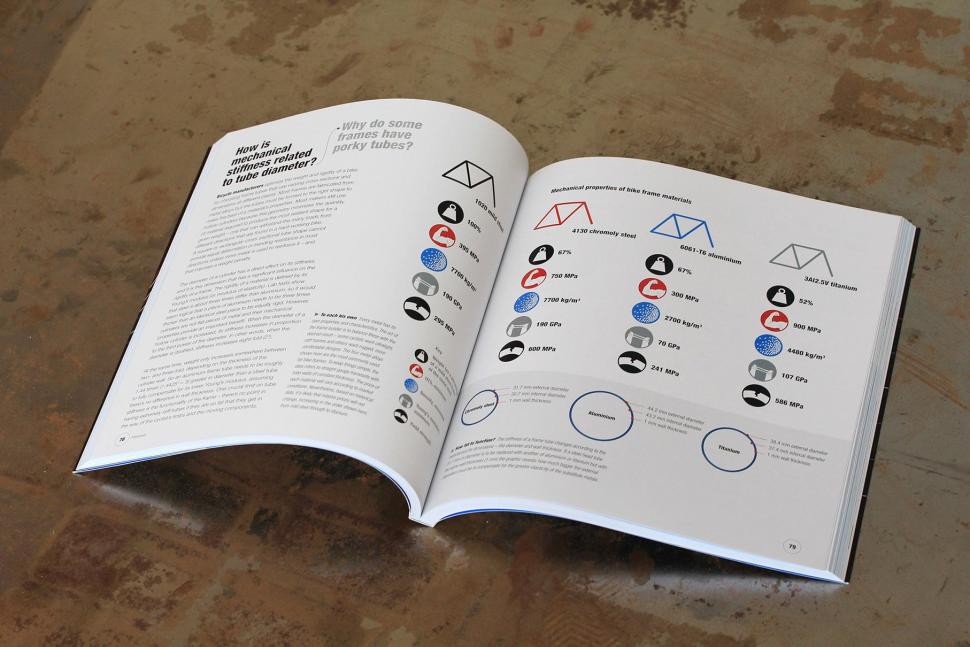
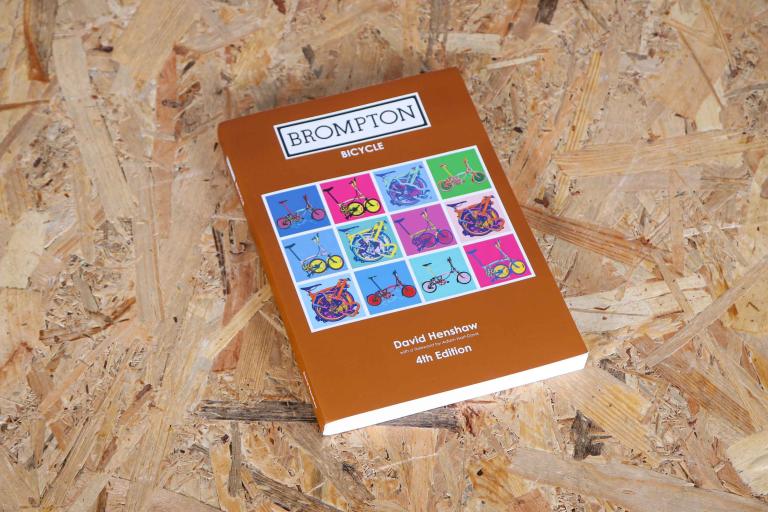

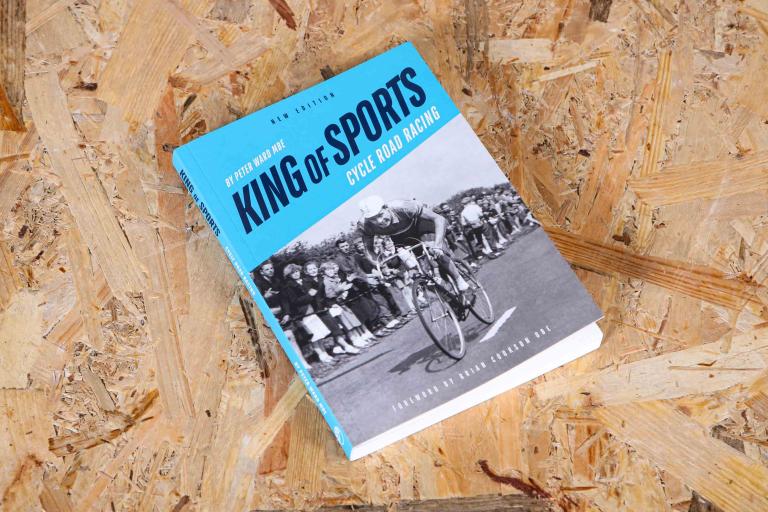
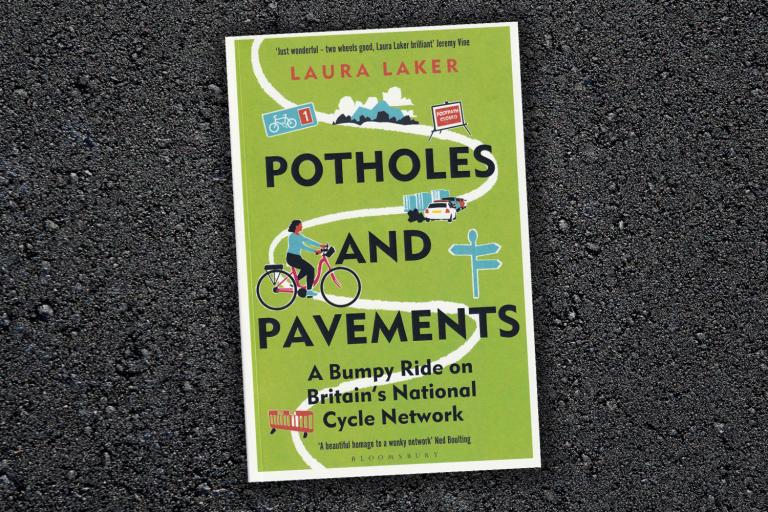
the Rapha's Excess Collection is bullshite. MAAP did the exact same. It is sold like there is a left arm of a jacket lying on the floor, We will...
Chuck Berry?
It's a label. To the average person in the street, if it looks like a bike and is electric, it's an e-bike. If it looks like a scooter and is...
I suspect you are right. But no harm in hoping.
Apologies for the oversight there, it's been corrected. Obviously it should have said 97ft🤦♂️
The more this Nash gezzer opens his mouth the worse he comes across. The mans passion for green issues clouds his judgement on common decency!
Simon Nash needs to just stick to making the produts and seriously step back from social media and all the marketing. He's an absolute liability to...
Even I would say 'report horse ramming to the police ' because just ignoring that report is viewed as less acceptable than if it was a cyclist -...
I wasn't a bike geek or "serious" rider then (not now...) - my ride was a non-suspended 26" wheel "mountain bike" with V-brakes and piano key...
And, bonus, you can get rid of feed zones - just make them carry all their supplies in the basket.